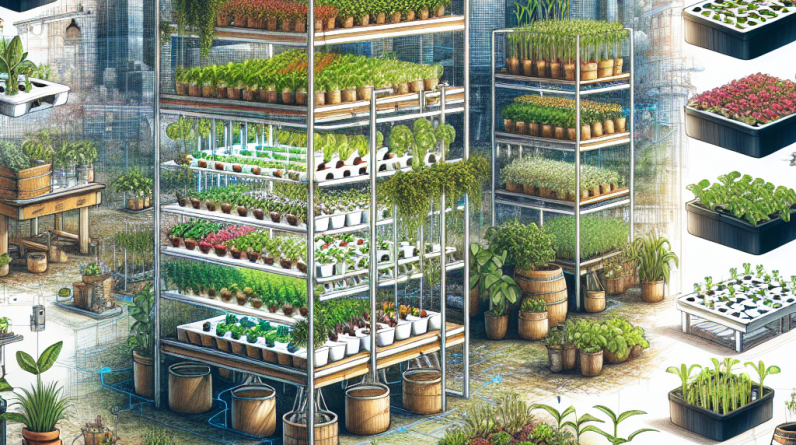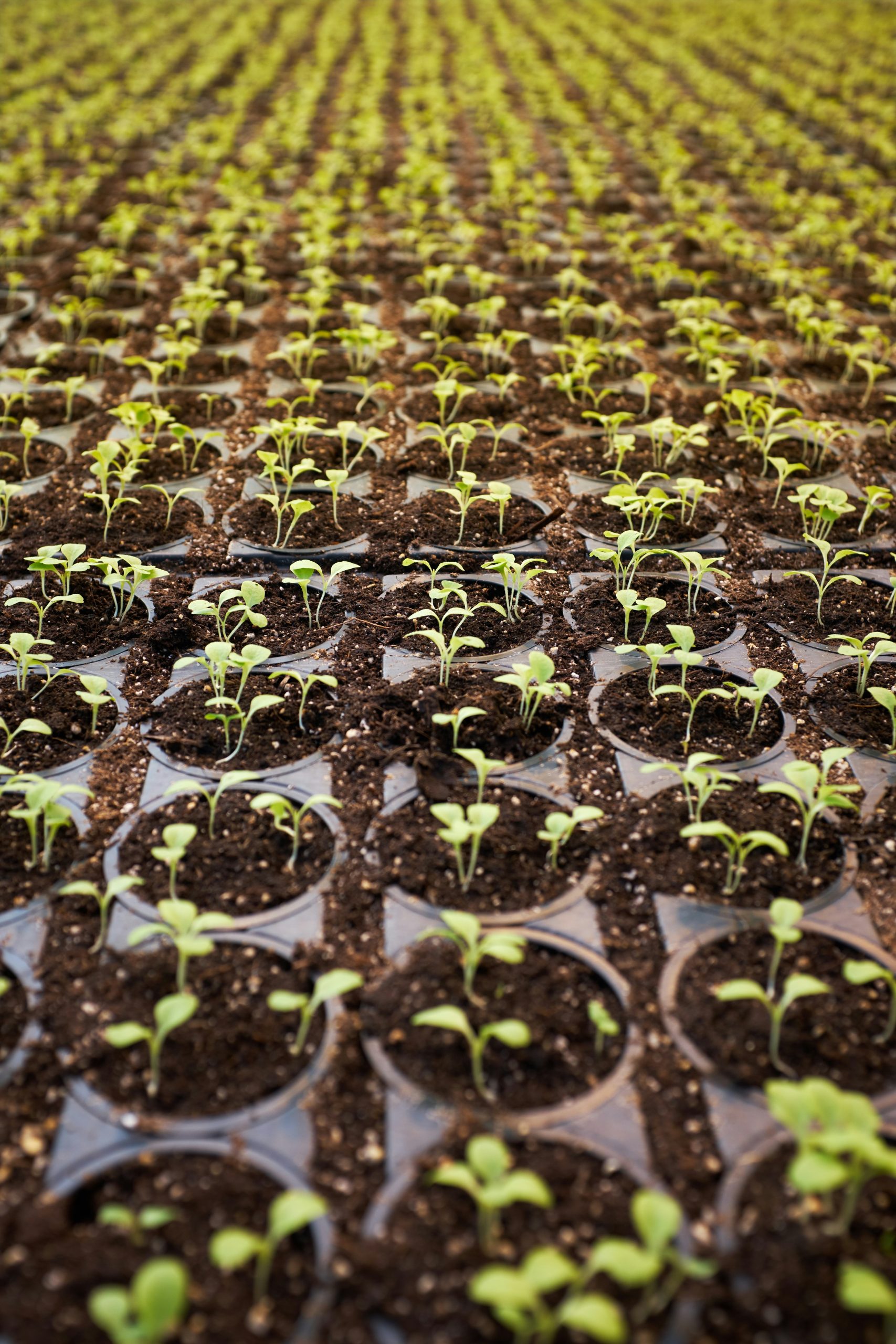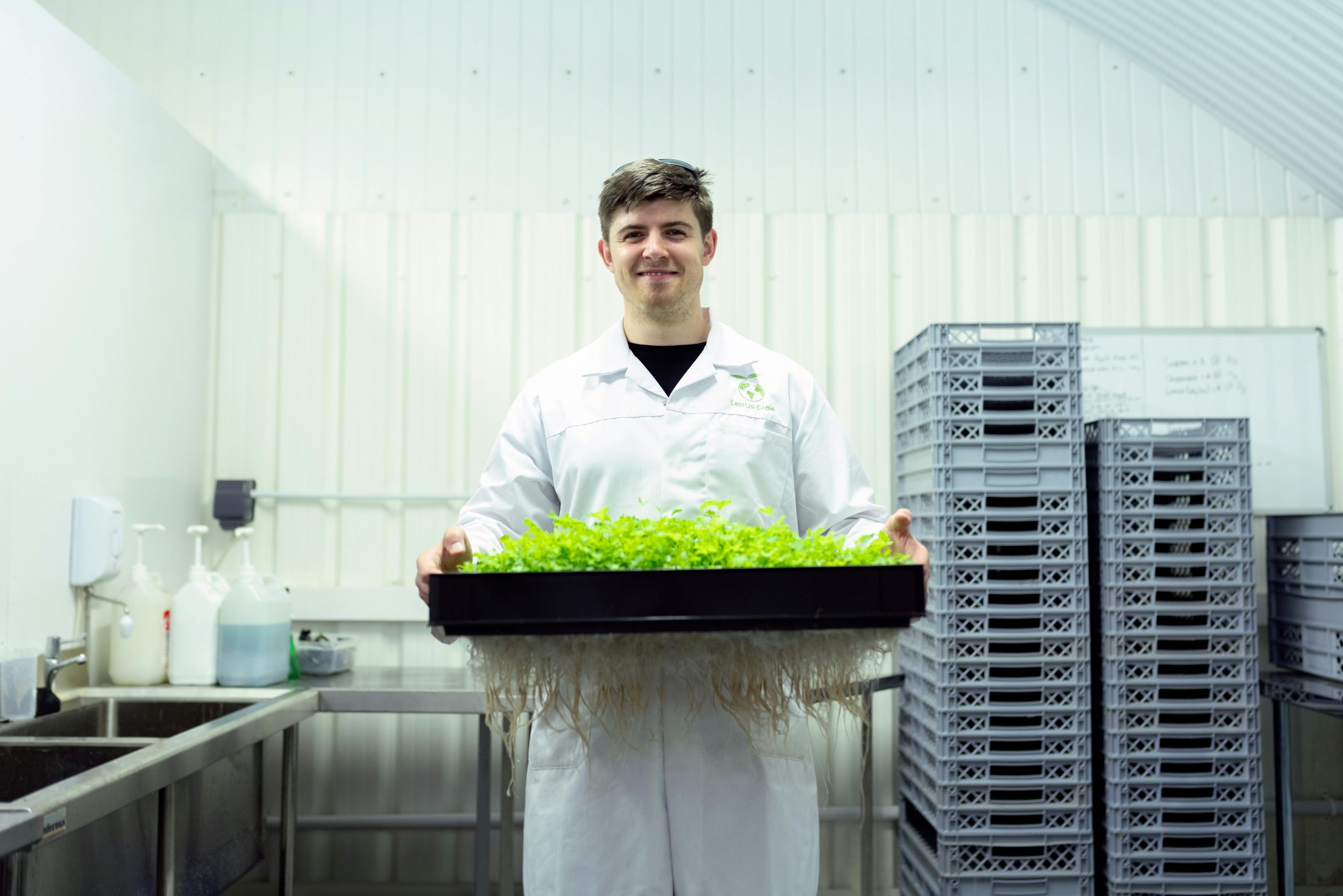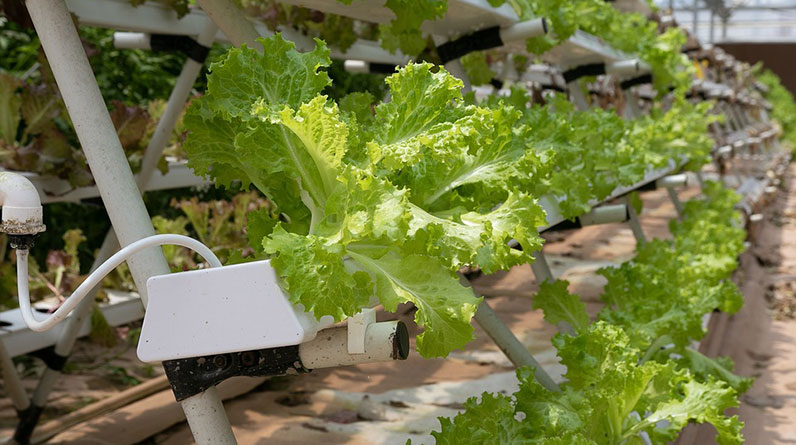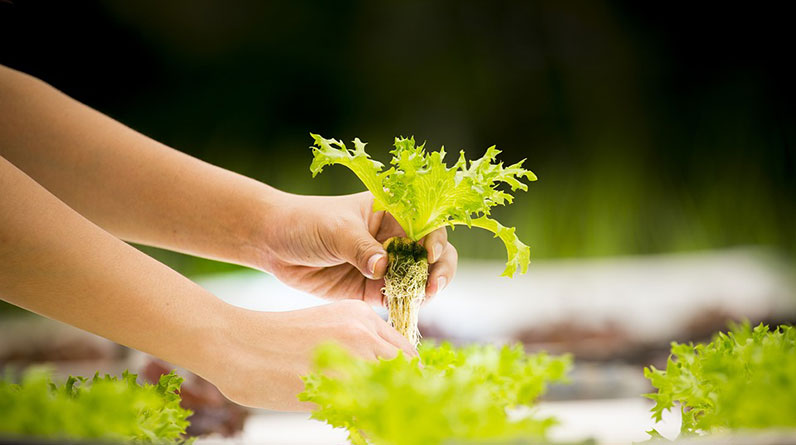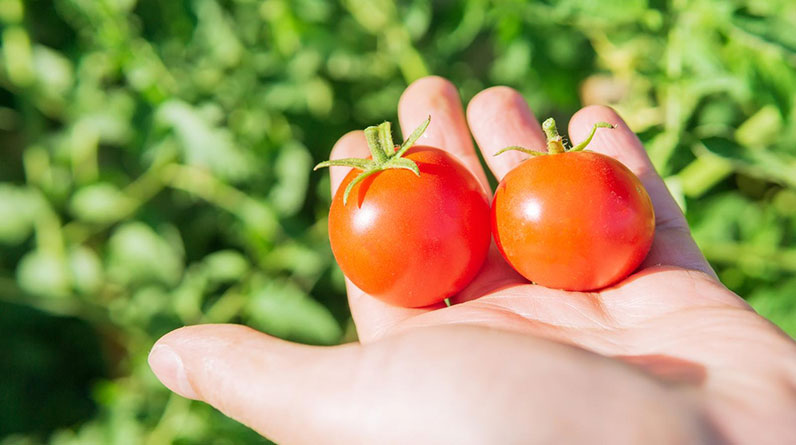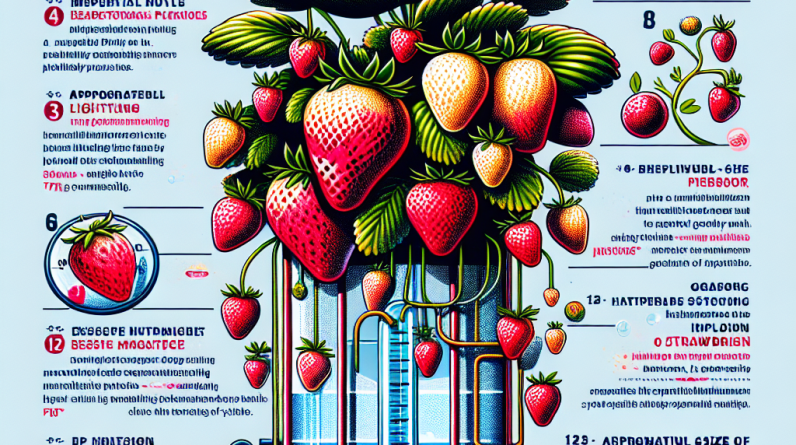
Table of Contents
- 1. Choosing the Right Hydroponic System
- 2. Optimal Lighting for Hydroponic Strawberries
- 3. Nutrient Management and Fertilization
- 4. Maintaining pH and EC Levels
- 5. Temperature and Humidity Control
- 6. Pest and Disease Prevention
- 7. Harvesting and Post-Harvest Care
- 8. Sustainable Practices for Hydroponic Strawberries
- 9. Innovative Tech and Trends in 2025
- 10. Troubleshooting Common Challenges
1. Choosing the Right Hydroponic System
Understanding Different System Types
When growing hydroponic strawberries, selecting the right system sets the foundation for success in 2025. The most common types include nutrient film technique (NFT), drip systems, and aquaponic setups. Each has its benefits: NFT offers excellent oxygenation, while drip systems are great for precise nutrient delivery. For strawberries, drip or flood-and-drain systems often produce the best results due to their control over water and nutrients.
If you’re new to hydroponics, starting with a simple, scalable system can save time and resources. For instance, a small drip system designed with adjustable flow rates allows you to fine-tune watering schedules based on plant growth stages. As your expertise grows, you can upgrade or diversify your setup with more advanced technologies.
In 2025, automated systems are increasingly popular for hydroponic strawberries, offering features like pH sensors, nutrient monitors, and automated pumps. These innovations help maintain optimal conditions without constant manual intervention, making it easier for hobbyists and commercial growers alike to achieve high yields.
Factors to Consider When Choosing Your System
Consider your available space, budget, and scalability when selecting a hydroponic system for strawberries. If you have limited space, vertical or tower systems can maximize yield in small areas. For larger operations, larger flood-and-drain or ebb-and-flow setups provide productivity and ease of maintenance.
Another crucial aspect is water efficiency. In 2025, eco-friendly systems that minimize water waste are preferred, especially as water scarcity becomes a concern globally. Look for systems that recycle and filtrate water effectively, ensuring healthy plants while conserving resources.
Choosing a system that allows easy access for maintenance and harvesting simplifies the growing process. Remember, a well-chosen hydroponic setup can significantly influence your success with hydroponic strawberries and overall crop quality.
2. Optimal Lighting for Hydroponic Strawberries
Importance of Proper Light Spectrum
Lighting plays a pivotal role in hydroponic strawberry growth. In 2025, LED grow lights are the standard due to their energy efficiency and customizability. For healthy fruit production, strawberries require a spectrum rich in red and blue light, which promotes flowering and fruiting. Ensuring your lighting setup provides 12-16 hours of light daily can boost yields.
Strawberries exposed to adequate lighting tend to develop better flavor, color, and sugar content. Installing adjustable LED panels allows you to tailor light intensity throughout different growth stages, from vegetative to fruiting. Keep in mind that proper light calibration can lead to up to 30% higher yields compared to suboptimal lighting.
Natural sunlight is ideal but often limited indoors or in controlled environments. Supplementing with LEDs ensures consistent light quality and duration, even during cloudy days or winter months. Smart lighting technology now includes features like spectrum adjustment and dimming, making it easier than ever to optimize growth conditions.
Lighting Tips for Best Results
For hydroponic strawberries, positioning lights about 12 inches above plants is generally effective, but adjust based on light intensity and plant response. Overexposure can cause stress, while insufficient light hampers development.
Implement light timers to maintain consistent photoperiods, which are essential for flowering and fruit set. Experiment with different light recipes specific for strawberries, and keep track of your results to refine your setup over time.
Finally, remember that good airflow combined with proper lighting reduces the risk of mold and pests, supporting overall plant health and maximizing your hydroponic strawberry yield in 2025.
3. Nutrient Management and Fertilization
Essential Nutrients for Hydroponic Strawberries
Hydroponic strawberries rely heavily on balanced nutrient solutions. In 2025, precision nutrient management is more accessible due to advanced monitoring tools. Key elements include nitrogen, phosphorus, potassium, calcium, magnesium, and trace minerals like iron and zinc. Each plays a vital role in plant growth, flowering, and fruit development.
Proper nutrient formulation ensures healthy root systems and vibrant fruit. Commercial premixed solutions tailored for strawberries simplify the process, but understanding the chemistry helps in customizing feed schedules. Regular testing of nutrient solution concentration (EC) and pH helps maintain ideal conditions.
Studies show that optimized fertilization can increase strawberry yields by up to 20% while improving fruit flavor and shelf life. Using slow-release or controlled-release fertilizers in your nutrient solution can also reduce fluctuations and stress on plants.
Fertilization Tips for 2025
Feed your hydroponic strawberries with a balanced nutrient solution, adjusting doses based on plant growth stage. During vegetative growth, higher nitrogen levels support lush foliage, while flowering and fruit set require more phosphorus and potassium.
Monitoring tools such as digital EC meters and pH sensors help you react quickly to changes, ensuring your strawberries receive consistent nutrition. Automated dosing systems are increasingly popular, reducing manual labor and preventing over- or under-fertilization.
Remember, overfeeding can lead to nutrient burn or system imbalance, while underfeeding causes poor growth. Strive for balance, and routinely adapt your fertilization plan based on real-time data for the best hydroponic strawberry results in 2025.
4. Maintaining pH and EC Levels
Why pH and EC Matter
In hydroponic systems, maintaining proper pH and electrical conductivity (EC) is crucial for nutrient availability. For strawberries, optimal pH ranges from 5.5 to 6.5. Deviations can result in nutrient lockout or deficiencies, impairing growth and fruit quality in 2025.
EC indicates the concentration of dissolved salts; for strawberries, a range of 1.8 to 2.2 mS/cm is recommended during fruiting. Regular testing using reliable meters ensures the system remains within these ranges, promoting healthy plant development.
Adjusting pH and EC is straightforward but requires vigilance. Adding pH up/down solutions or diluting with water helps manage fluctuations. Automated controllers are now common, providing real-time adjustments for consistent crop health.
Best Practices for pH and EC Control
Test your nutrient solution at least once daily, especially during critical growth stages. Sudden changes often indicate system imbalances or contamination, which need prompt correction.
Use buffers or pH stabilizers to minimize swings. Also, consider water qualityâusing filtered or dechlorinated water prevents unwanted chemical interactions.
Consistent monitoring and adjustment of pH and EC ensure hydroponic strawberries grow under optimal conditions, boosting yields and fruit quality in 2025.
5. Temperature and Humidity Control
Optimal Climate Conditions for Hydroponic Strawberries
Strawberries thrive in temperatures between 60-75°F (15-24°C), with night temperatures slightly cooler. Excessive heat or cold hampers fruit set and flavor. In 2025, climate control technologies like HVAC systems and dehumidifiers help maintain stable conditions indoors or in controlled environments.
Humidity levels should be kept around 60-70% to prevent fungal diseases while supporting healthy transpiration. Proper ventilation reduces excess moisture and temperature spikes, thereby reducing disease risks.
In outdoor hydroponic setups, shading and misting systems are useful tools to mitigate extreme weather effects, ensuring consistent plant health and productivity.
Implementing Climate Control Strategies
Using thermostats and humidistats linked to your climate control systems allows real-time adjustments. Automated systems make it easy to maintain ideal conditions, especially in variable climates.
Regular monitoring with thermometers and hygrometers provides data to tweak settings as needed. For small-scale growers, simple fans and heaters can suffice for basic climate management.
Effective temperature and humidity regulation directly impact the quality and quantity of hydroponic strawberries in 2025. Proper environment management results in sweeter, larger fruits and healthier plants overall.
6. Pest and Disease Prevention
Common Pests and Diseases for Hydroponic Strawberries
Despite being indoors, hydroponic strawberries can still face pest challenges like aphids, spider mites, and fungus gnats. Common diseases include gray mold and powdery mildew, which thrive in humid conditions typical in hydroponic environments.
Your best defense is proactive monitoring using sticky traps, visual inspections, and maintaining cleanliness. Keeping humidity levels controlled and ensuring good airflow significantly reduces disease risks in 2025.
Biological controls such as predatory insects, beneficial fungi, or organic sprays are effective alternatives to chemical treatments. This approach aligns with sustainable growing practices and ensures high-quality berries.
Preventive Measures and Organic Controls
Implement clean growing practices, sterilize equipment regularly, and prune affected plant parts immediately. In addition, maintaining optimal environmental conditions discourages pest and disease development.
In 2025, smart pest detection devices can alert growers to early infestations, reducing the need for reactive pest control measures. Using integrated pest management (IPM) strategies ensures a healthy crop.
Adopting these best practices protects your hydroponic strawberries and maintains a clean, productive growing environment, resulting in abundant and healthy fruits.
7. Harvesting and Post-Harvest Care
When and How to Harvest Hydroponic Strawberries
Timing is crucial for harvesting hydroponic strawberries at their peak flavor. In 2025, most strawberries are ready when they are fully red, firm, and have a sweet aroma. Regularly inspecting the plants during peak season ensures timely harvests.
Use scissors or pruning shears to snip the berries without damaging the plant. Handle with care to prevent bruising, which affects shelf life and appearance. Harvest in the morning to retain freshness and flavor.
Documenting harvest dates and conditions helps refine your schedule and improves future yields. Proper harvesting techniques directly influence fruit quality and customer satisfaction.
Post-Harvest Handling and Storage
Immediately cooling strawberries after harvest preserves flavor and extends shelf life. Refrigerate at 32-36°F (0-2°C), and avoid stacking heavy loads which can crush the berries.
In 2025, innovative packaging solutions like modified atmosphere packaging (MAP) further enhance freshness during transportation and sale. Proper post-harvest care minimizes losses and enhances profitability, especially for commercial growers.
Educating yourself about post-harvest handling maximizes the profit potential of your hydroponic strawberries and encourages repeat sales.
8. Sustainable Practices for Hydroponic Strawberries
Water and Energy Conservation
In 2025, sustainability is a top priority for hydroponic strawberry growers. Using recirculating systems minimizes water waste, while energy-efficient LED lighting reduces power consumption. Combining these practices helps lower environmental impact.
Implementing rainwater harvesting and solar energy sources further enhances sustainability. Thoughtful design and system optimization can decrease resource use without sacrificing yields.
Sustainable approaches not only benefit the environment but also improve profitability by reducing operational costs, making hydroponic strawberries an eco-friendly crop option.
Organic and Eco-Friendly Inputs
Switching to organic nutrients or biostimulants supports healthier ecosystems and appeals to eco-conscious consumers. In 2025, certified organic solutions are more available and effective than ever.
Integrate compost teas, beneficial microbes, and natural pest control methods to create resilient, eco-friendly systems. This approach enhances plant health and fruit quality, aligning with current consumer trends.
Adopting sustainable practices elevates your hydroponic strawberry operation to meet the growing demand for environmentally responsible produce.
9. Innovative Tech and Trends in 2025
Smart Farming Technologies
In 2025, smart farming solutions revolutionize hydroponic strawberry cultivation. IoT sensors monitor essential parameters like moisture, nutrient levels, and temperature, sending real-time data to growersâ smartphones.
AI-driven analytics optimize growth conditions, predict issues before they arise, and suggest corrective actions. Automation reduces labor costs and improves consistency, essential for large-scale production.
This tech-centric approach allows growers to focus more on strategic management, leading to higher yields and better-quality strawberries.
Vertical Farming and Modular Systems
Vertical farms maximize space efficiency and are ideal for urban environments. Modular hydroponic units can be expanded or reconfigured easily, making them perfect for scalable strawberry production.
In 2025, integrating renewable energy sources with these systems further reduces their carbon footprint. These innovations support sustainable and profitable strawberry cultivation in compact spaces.
Keeping up with these trends ensures your hydroponic strawberries stay competitive and innovative in the marketplace.



